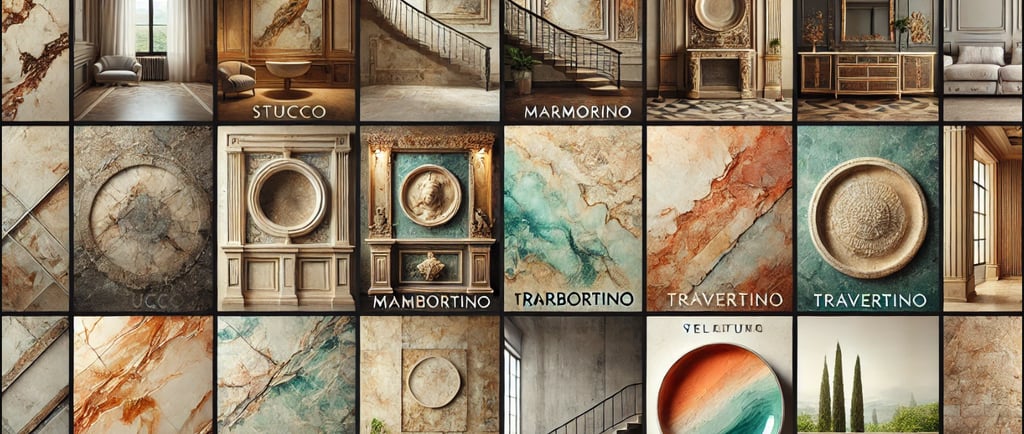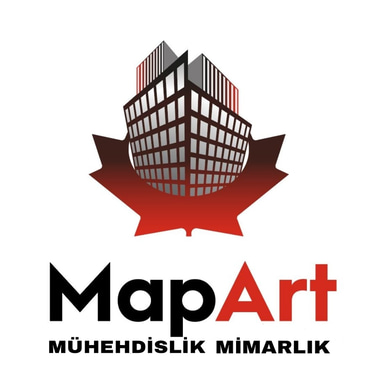What are Italian dyes and what are their types?
Italian paints are luxurious and sophisticated paints used in interior and exterior decoration. Each offers different textures and effects and requires specific application techniques. Here are detailed descriptions of the most popular Italian paint types:
Civil Eng. Hüseyin ERTAŞ
1/5/20252 min read


1. Plaster (Plaster) Paint
- Features: It is a type of decorative plaster with a marble effect, the surface of which becomes shiny or satin. It attracts attention with its rich color options and marble-like veins.
- Application Areas: Interior walls, ceilings and columns. It is available in humid areas of bathrooms and kitchens.
- Application Method: It is made with special spatula and polishing types for the application. The desired level is achieved by applying several layers.
2.Marmorino
- Features: Marmorino, a fine-grained plaster type, imitates the appearance of natural stone marble. It can be applied both matte and glossy.
- Application Areas: It is established in interior spaces and is especially preferred for wall decoration in classic and modern styles.
- Application Method: It is applied in layers and each layer is sanded after drying. Finally, users are given a marble-like appearance by applying a polishing polish.
3. Travertine
- Features: It provides a textured surface reminiscent of natural travertine stone. It is durable and does not wear out over time.
- Application Areas: Suitable for interior and exterior spaces, especially rustic or industrial styles. It was found on exterior facades, columns and decorative walls.
- Application Method: It is applied to the surface with a special trowel and then patterns are engraved to create a textured effect.
4. Spatula Stuhhi
- Features: It offers a high-resolution, smooth and smooth surface. It requires a multi-layer application.
- Application Areas: Hotels, contemporary, luxury home interiors and prestigious offices.
- Application Method: It is applied in multiple thin layers. The surface between each layer is polished with a spatula.
5. Antique Effect Paints
- Features: These are paints used to obtain aged and historical appearances. An antique effect is created with texture and color transitions.
- Application Areas: Suitable for interior spaces, especially classic or vintage decoration houses. It is used in furniture and decorative objects.
- Application Method: Paints applied in layers are completed by creating an aged effect with different sponge and brush techniques.
6. Cement (Cement) Effect Paints
- Features: Concrete or cement formation provides an industrial style. For modern and minimalist decoration.
- Application Areas: Interiors, walls, floors and even furniture surfaces.
- Application Method: Can be applied with a brush, trowel or roller. Various patterns can be created during application for a textured surface.
7. Velatura
- Features: It is a semi-transparent paint and is used to add depth to the cells. It is applied as an extra layer to the floor paint.
- Application Areas: Interior walls and ceilings, especially in areas where a dramatic or industrial effect is desired.
- Application Method: Applied with a thin brush or sponge. The transitions between layers add depth and texture.
This Italian paint variety, each with unique and decorative features, requires professional application. The application phase, the correct techniques, the distribution, the living system adds aesthetics and value.
